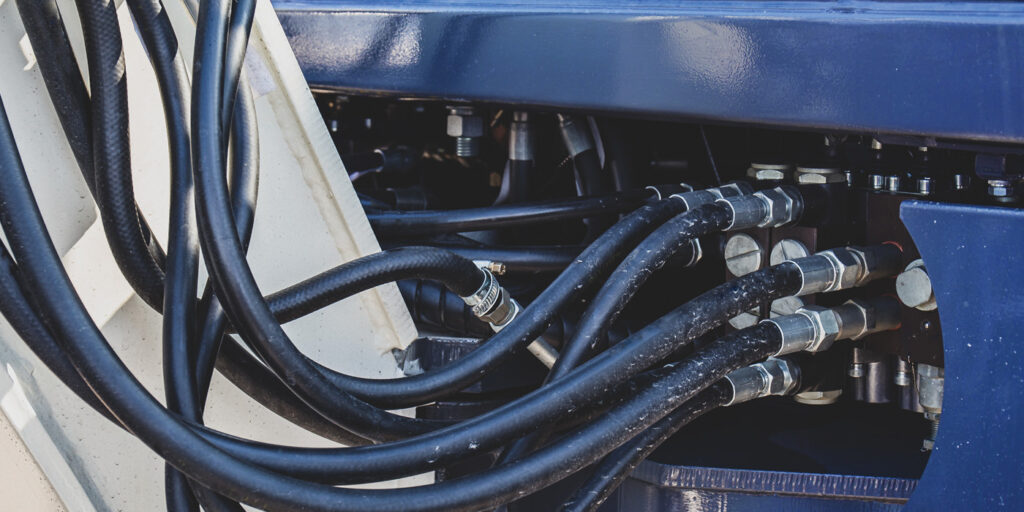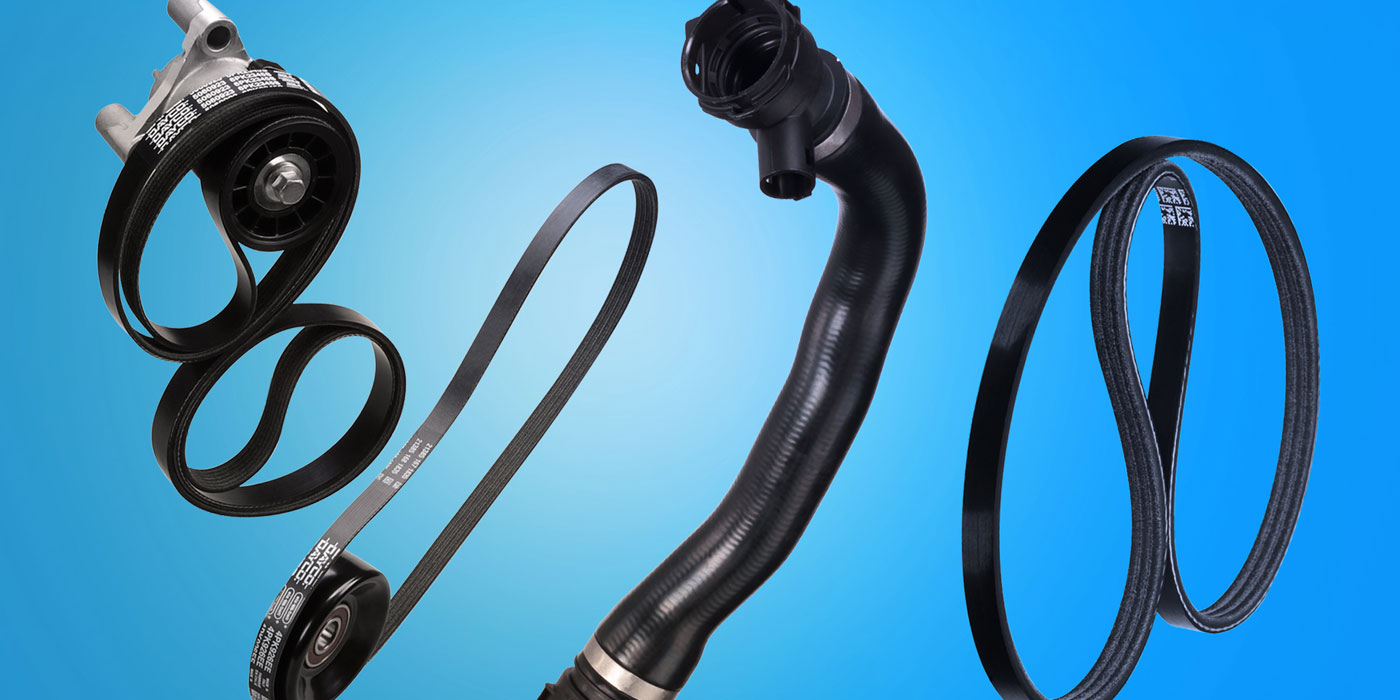The many “in-store services” offered in today’s aftermarket, creating custom hydraulic-hose assemblies is a potential profit center that’s often overlooked. I’ve always worked in rural or semi-rural markets, and I learned hydraulics pretty early in my aftermarket career. At that time, I also was moonlighting on the family farm, so I was already familiar with some of the unique needs of hydraulics customers.
The typical hydraulics customer is “under pressure” when they call or drop by your store. Hose failures rarely happen while a piece of equipment is idle, so chances are the customer was right in the middle of a job when that hose burst. Consider the types of equipment that utilize hydraulic power: construction and farm equipment; manufacturing machinery; tow trucks and flatbeds; forklifts; etc.
Even if you don’t serve farmers in a rural market, potential hydraulics customers are all around, and some of them already are buying automotive parts and supplies from you. Municipal fleets may include anything from small sedans and pickups to dump trucks, backhoes and excavators. Towing and recovery companies operate in every type of market. Factories and warehouses rely on hydraulic-driven machinery and forklifts to produce and distribute goods of all kinds. Unscheduled downtime in any of these industries equates to lost profit, wasted employee hours and disruptions to service.
Demand for hydraulic-hose assemblies is relatively immune to “comparison shopping” or other price-point considerations. In these situations, the most desirable “features and benefits” are that you have the necessary fittings and hose available to get their piece of equipment up and running as soon as possible.
Having an adequate supply of fittings and hose in a breadth of sizes is critical to meeting these “on-the-spot” demands. When it comes to fittings, there are hundreds of individual SKUs to choose from, but the core of your stock will be the various sizes of NPT (“pipe thread”) and 37° flared-seat “JIC” fittings.
Other common types are ORB (O-ring boss), ORFS (O-ring face seal), Komatsu 30° flare and JIS 30°
flare. Each of these fitting types have a unique combination of thread sizes, seating and sealing surfaces and applications. Making leak-free connections requires accurate identification and selection, and each coupler must be mated to the same style of fitting to seal properly.
Hose ID and coupler-fitting size both can be expressed in “dash” (-) sizes, based on multiples of 1/16th of an inch. A 1/4-inch hose or fitting equates to a “-4” (4/16); the 3/8-inch is a “-6” (6/16); and a 3/4-inch coupler is a “-12” (12/16). This universal sizing system also is used extensively by hydraulic suppliers to encode information into their part numbers for both hose and couplers.
Hydraulic hose comes in a variety of materials, construction and operating pressures. The most commonly stocked hose is referred to as “two-wire,” which has two layers of braided wire reinforcement to give it the ability to perform in many higher-pressure applications. Hydraulic pressure decreases as hose diameter increases, so you will notice that smaller-ID hoses are rated for higher pressures than equivalent hoses in larger diameters.
Coupler fittings come in two styles: “permanent-crimp” and “field-attachable.” Permanent-crimp fittings are inserted into the hose, then swaged or crimped to form a tight seal around the hose. A dedicated crimping press and dies are required to make these assemblies. This process can be compared to attaching crimp-type electrical terminals, although the tolerances of a proper hydraulic-hose crimp are much more exacting!
Field-attachable fittings feature a threaded stem and mating sleeve or ferrule, and are assembled similarly to the compression fittings used for connecting nylon fuel lines. These fittings are reusable and do not require a crimping press, making them popular for emergency repairs and occasional use, but they’re more expensive than crimp-type couplings. No matter which type of couplings are used, hose and fittings from different brands or systems should never be mixed.
A basic in-store hydraulic-station setup will consist of an electric-over-hydraulic crimping press with multiple sets of dies to crimp each hose size; an inventory of hose and fittings; and a chop saw to cut hoses to length. Thread-pitch gauges and dial calipers for measuring fittings, assembly lube and an identification chart round out the common accessories used while making hose assemblies. Your inventory also should include hydraulic fluids and filters, spill absorbents and other associated supplies. Establishing yourself as a hydraulic-hose vendor does require a significant investment in tooling and supplies, but the “gotta-have-it” nature of these sales allow for healthy profit margins on both the hose and fittings.














